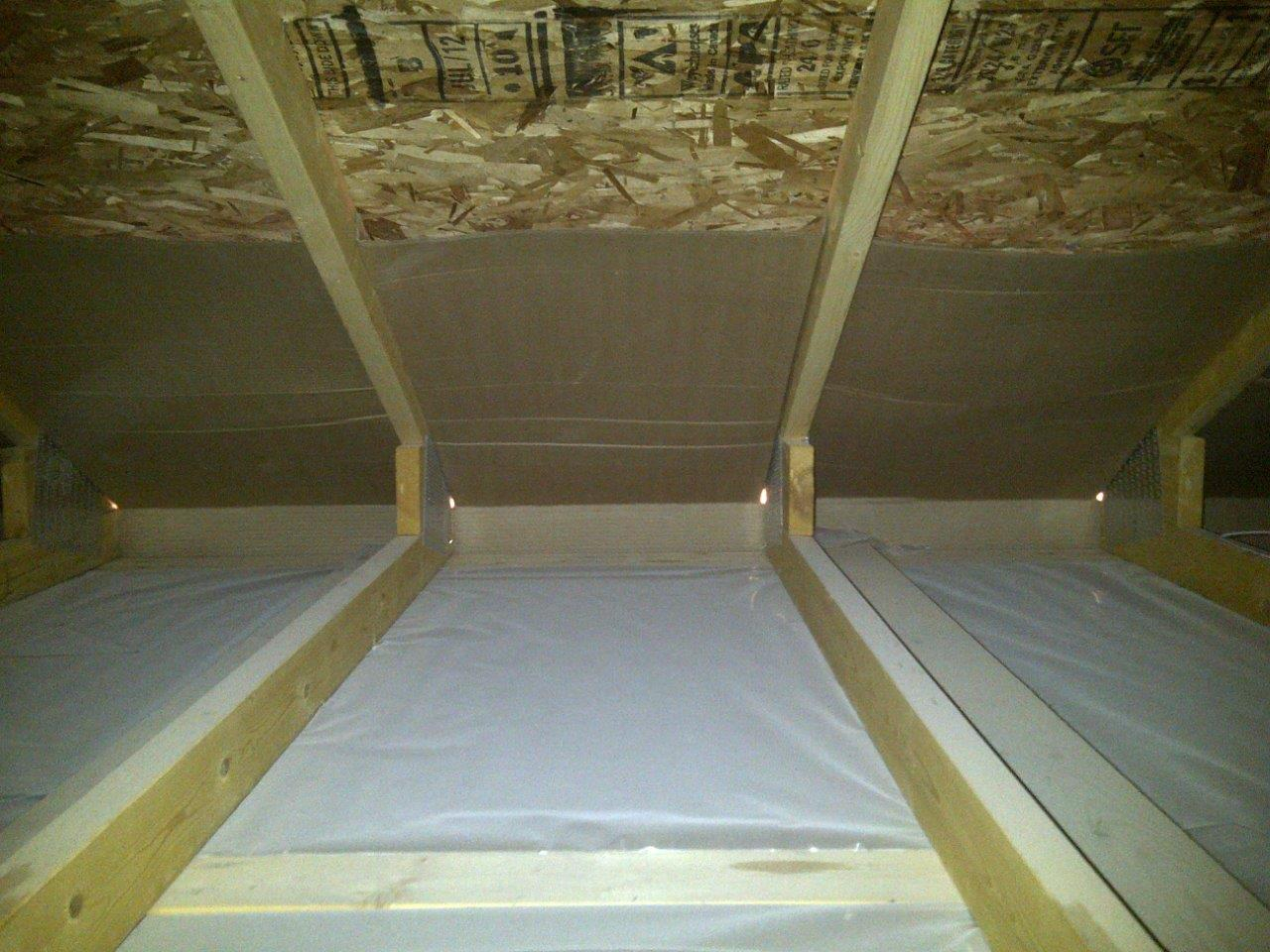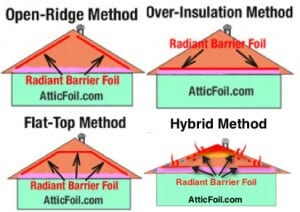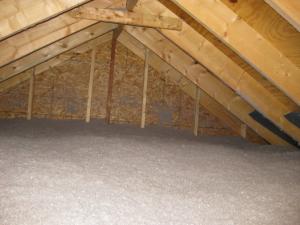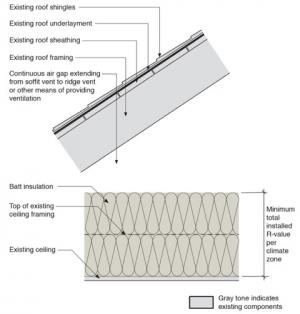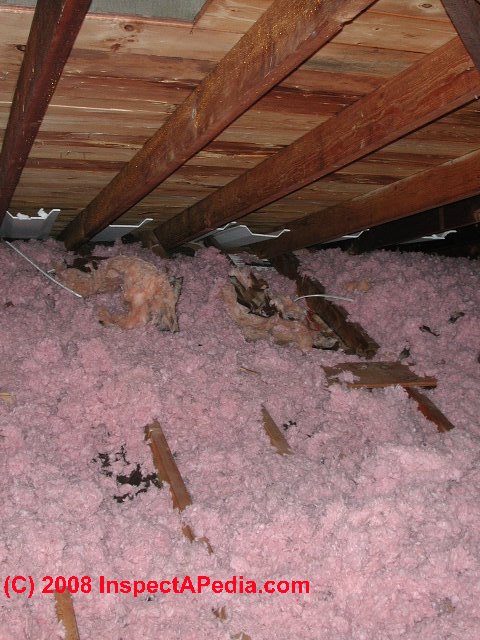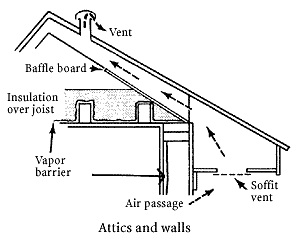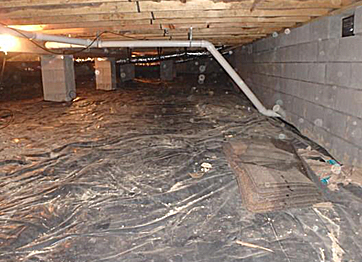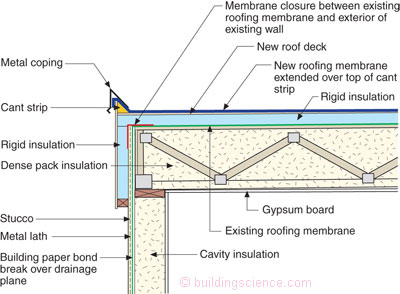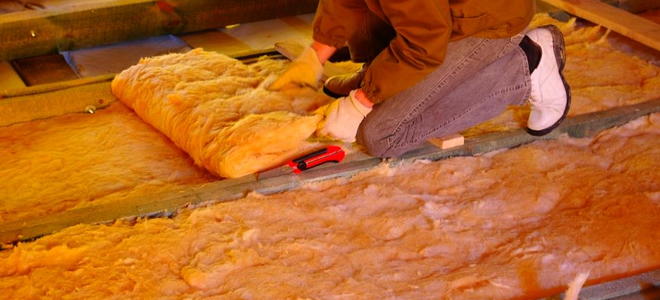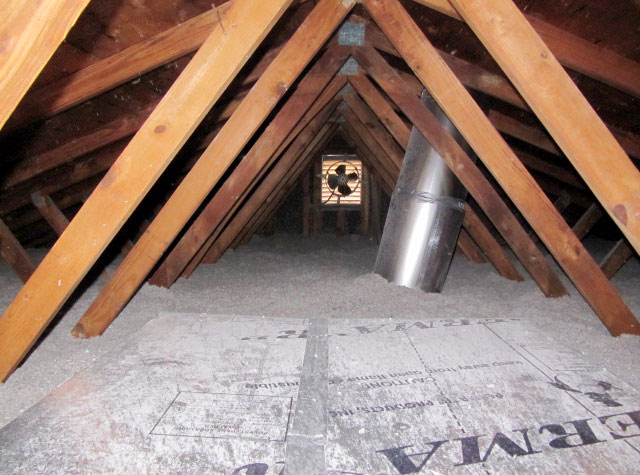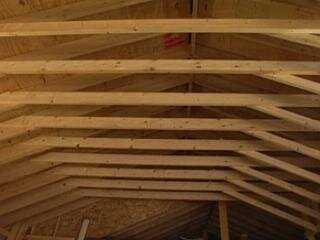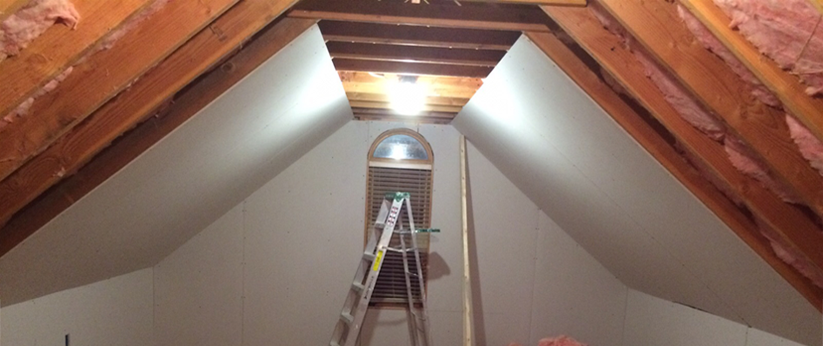Vapor Barrier Existing Attic

A vapor barrier in an attic assembly in a severely cold climate with the absence of an air barrier will likely be ineffective.
Vapor barrier existing attic. On the other hand an air barrier a properly detailed air tight drywall ceiling for example in the absence of a vapor barrier can be effective since it stops the flow of vapor laden air. It is frightening indeed that construction practices can be so dramatically. Whether or not you need a vapor retarder hinges on three main factors your climate your home and the location of the wall you re insulating. To know if you need a vapor retarder ask yourself a few basic questions.
Whether using loose fill or batts put the vapor barrier closest to the warm side of your installation where hot moist air would get in facing the house s interior in cold climates beneath floor insulation and the attic s interior in hot climates on top of floor insulation. Most authorities now agree that vapor barriers are important under certain conditions but not necessarily as a whole house solution for every home. A vapor barrier or vapor diffusion retarder is a material that reduces the rate at which water vapor can move through a material. Rose 1997 regales readers of this history.
Most forms of attic insulation benefit from the addition of a vapor barrier to protect them from the harmful effects of moisture which can reduce their effectiveness over time the following are a few simple steps to help you undertake the task properly so your vapor barrier retains heat without damaging the insulation. Attic vapor barrier detail for cold climates the best approach for a vented attic in a cold climate is installing a layer of drywall with a good coat of latex paint the paint creates a semi permeable vapor barrier. Do not add a vapor barrier on top of the insulation in your attic since the paper facing on the existing insulation is the vapor barrier. The paper facing contains a layer of impermeable asphalt that prevents water vapor from passing through it.
Resolution of the vapor barrier debate. In circumstances where conditions inside a home or office are much different than outdoor conditions water. The insulation fiberglass or cellulose is then placed on top of the drywall with no vapor barrier above or below. Climates vapor barriers or more accurately vapor diffusion retarders should be part of a moisture control strategy for a home.
Vapor barriers are also a cold climate artifact that have diffused into other climates more from ignorance than need. The history of cold climate vapor barriers itself is a story based more on personalities than physics.

